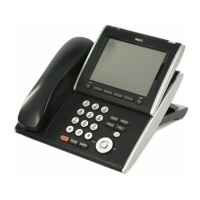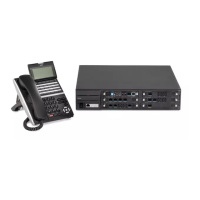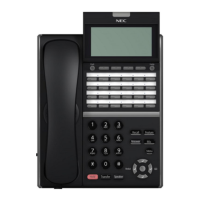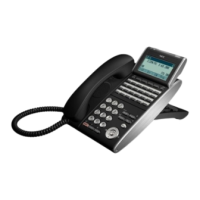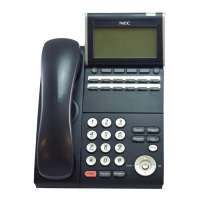Issue 2.0
4-4 Features and Specifications
are passed through and supported.
An UNIVERGE SV9100 K-CCIS network should never have more than five
hops (tandem connections) because of the message delay through each
tandem system.
A Star topology network supports up to eight systems.
A Tree topology network is supported. The maximum number of systems
depends on the Numbering Plan used and the maximum number of hops
(tandem connections).
A Mesh topology network is not supported.
K-CCIS requires assigning a point code for each office. Point codes
differentiate between an originating office and a destination office in the K-CCIS
Network. Assigning point codes requires the following considerations:
The point code must be unique in the network.
When a system has two or more CCH channels, the same originating point code
must be assigned to all channels in the system.
The UNIVERGE SV9100 can have a maximum of 255 codes assigned to distant
systems.
Using an UNIVERGE SV9100-to-UNIVERGE SV9100 network, centralized
voice mail is not supported when an Open Numbering Plan is used.
Centralized E911 – K-CCIS is supported.
When Centralized E911 – K-CCIS is not used, each UNIVERGE SV9100
system in a K-CCIS network must have at least one trunk for Emergency 911
calls.
Using a NEAX-to-UNIVERGE SV9100 network, the PBX must supply
centralized voice mail.
Multiline terminals must have an available Call Appearance (CAP) key to
originate or answer a K-CCIS trunk call.
Direct access of K-CCIS voice or data channels using Line keys or Specified
Line Seizure access codes is prohibited.
The Recall key or Drop key does not function on K-CCIS calls. When either
key is pressed, operation is ignored, and the call continues.
Trunk queuing is prohibited on a K-CCIS trunk route.
The ability to route an incoming DID call directly across a K-CCIS link (Direct
Inward Dialing – K-CCIS) is supported only when a Closed Numbering Plan
using F-Routes is used.
This feature is not supported by the GCD-4ODTA Analog Line interface.
Eight GCD-CCTA can be assigned per system.
Extension numbers cannot start with 0 or 9.
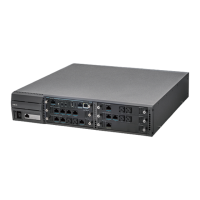
